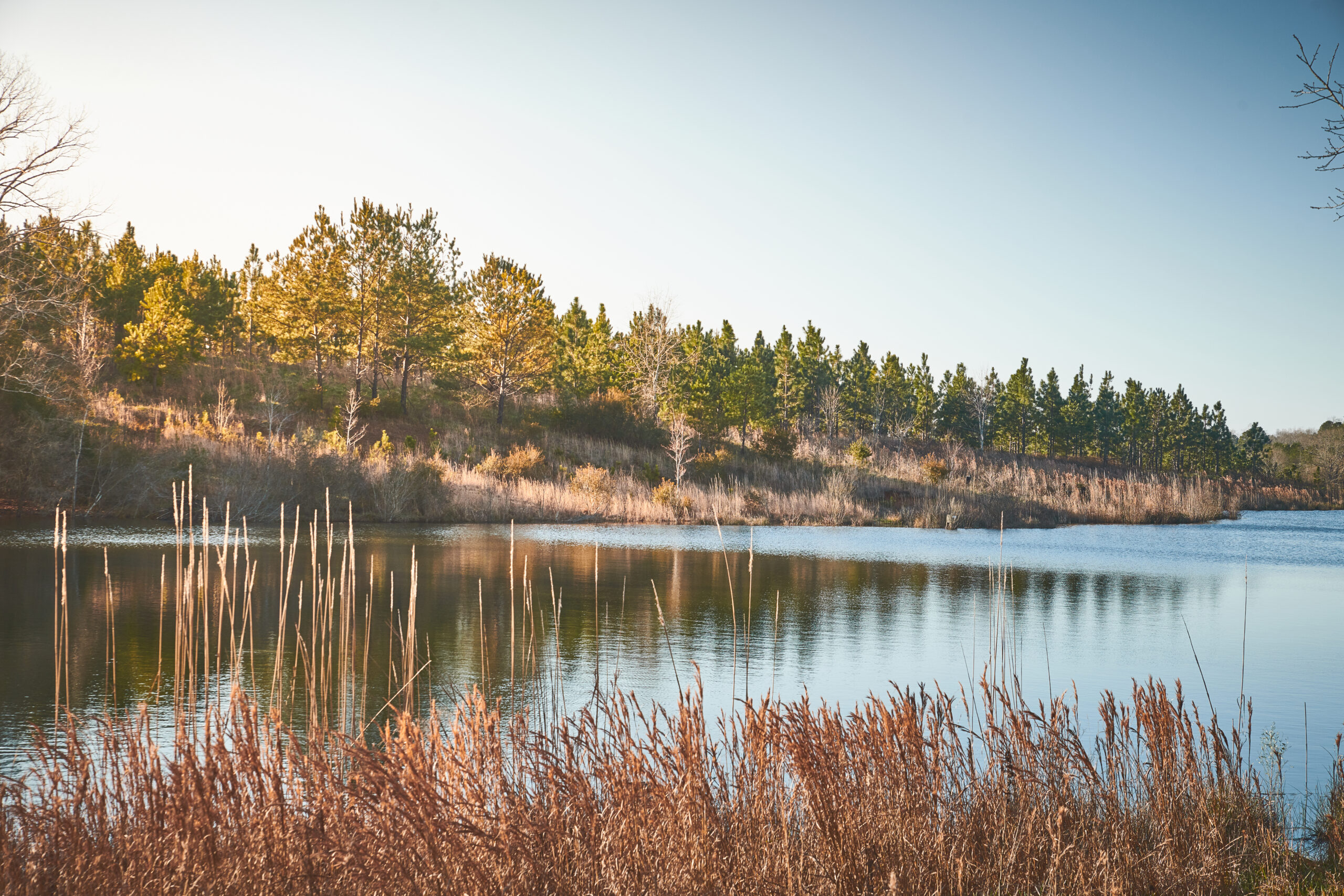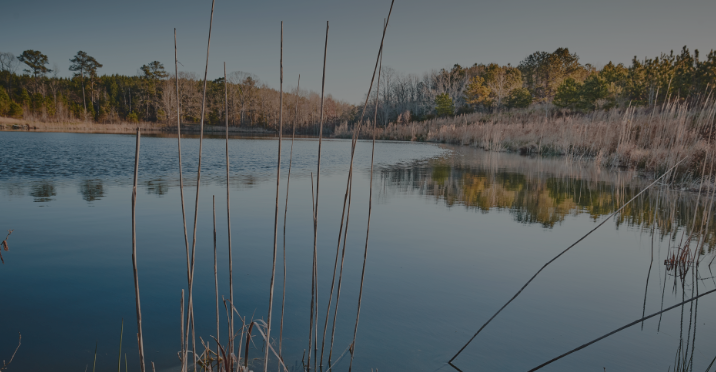Promoting and constructing habitat for waterfowl isn’t for the faint of heart. Moist-soil management, as it’s known by experts, is a long and delicate process that requires timing and dedication to achieve significant results. That’s not to say you shouldn’t try, just bear in mind that altering the land in a way to promote reflooding and growth of native plants can take many seasons and may not yield what you were expecting. But once your wetland takes hold it can easily produce plenty of tubers, seeds, and edible invertebrates for ducks and other waterbirds. A well-managed acre of wetlands can produce almost two thousand pounds of seeds per acre, enough to feed thousands of ducks for one day. In fact, the designation of ‘duck-use days’ (DUD) is used to measure how productive an acre of wetland is. Managed moist soil acreage has been shown to produce about 10,000 DUD. While an acre of corn or rice might have a DUD rating in the 30,000 range, that number drops significantly once those crops are harvested. Once a feeding location drops below a certain level, the ducks will eventually give up and not return. This is why consistent managed moist soil areas provide the most attractive feeding cycle for waterfowl and migratory waterbirds. Moist-soil management pertains to plants that like to grow on exposed mudflats. In natural wetlands the annual rotation of rainy and dry seasons cause what’s known as drawdown. Drawdown is when water recedes to the point of exposing the mud beneath. The seeds and insects exposed in natural drawdowns are what attract ducks to wetlands. So the main goal of moist-soil management is to recreate that natural drawdown by employing dikes, levees, and other forms of water management. Spring is when your drawdown should begin. The longer the water can remain on the mudflats, the better, but this must be balanced with the time it actually takes to drawdown. Longer and slower drawdown is always preferable to quick changes. If you’re managing multiple locations it’s best to stagger your drawdown between the sites. This promotes diversity amongst the different sites and gives waterfowl a wide selection of food options. Once summer hits, it’s time to manage the plants while you can access the drained sites. Left unchecked, without a major disturbance such as a long flood or drought, seed-bearing annual plants such as smartweed, millet, and panic grasses are quickly replaced by less desirable perennials like bulrush, cattails, or even woody shrubs. Mowing, discing, spraying, or even burning might be required to keep your newly created moist-soil area from being taken over by taller and denser vegetation. Studies have shown that ducks will actively avoid these areas of denser vegetation. Open water must be also balanced with vegetation, and generally ducks will be attracted to spots with equal areas of both. This can be achieved with a number of different water-tolerant plants, but keep it thin and keep it balanced. Mowing or disking should usually take place in the fall, before the teal season, but it can become necessary to cut back some plants right after the drawdown period. Partial mowing opens up the wetlands for hunting and provides additional food options for a range of waterfowl.



Fall is also the time to begin reflooding the areas you drew down earlier in the year. With easy access to water and some light pumping infrastructure this can be accomplished relatively easily. Ducks will be attracted to areas at least 3 inches deep, but no more than 30 inches. Maintaining an area of deeper water can be beneficial for unexpected extended dry periods, but ducks will prefer something a little more shallow. Reintroducing water before the season promotes seed growth in the plants growing in the mudflat. This encourages ample food supplies for the fall hunting season.
Sometimes it’s important to have areas that don’t fall within the parameters we’ve mentioned here. Half inch water promotes a wider variety of insect population, and while the ducks don’t prefer it, they’ll appreciate the added edible invertebrates. In the same regard some plants that aren’t ideal for shooting or promoting waterfowl do have other subtle benefits that aren’t easily identifiable. The goal is to have as many types of managed moist-soil locations with varying presence of water and vegetation. There are seven different classifications of wetland, each with certain benefits to particular types of animals. The overall added biodiversity will make your wetlands more attractive to more types of animals and make them more resilient to extended weather events. Moist-soil management is a lot of experimentation. Every piece of land is unique, and every piece of land is going to have exceptions to the rules. The good news is after becoming established marshes and wetlands can be pretty hardy.
This just gives you room to experiment with what the ducks like, and what you like as far as labor investment.

No Comments